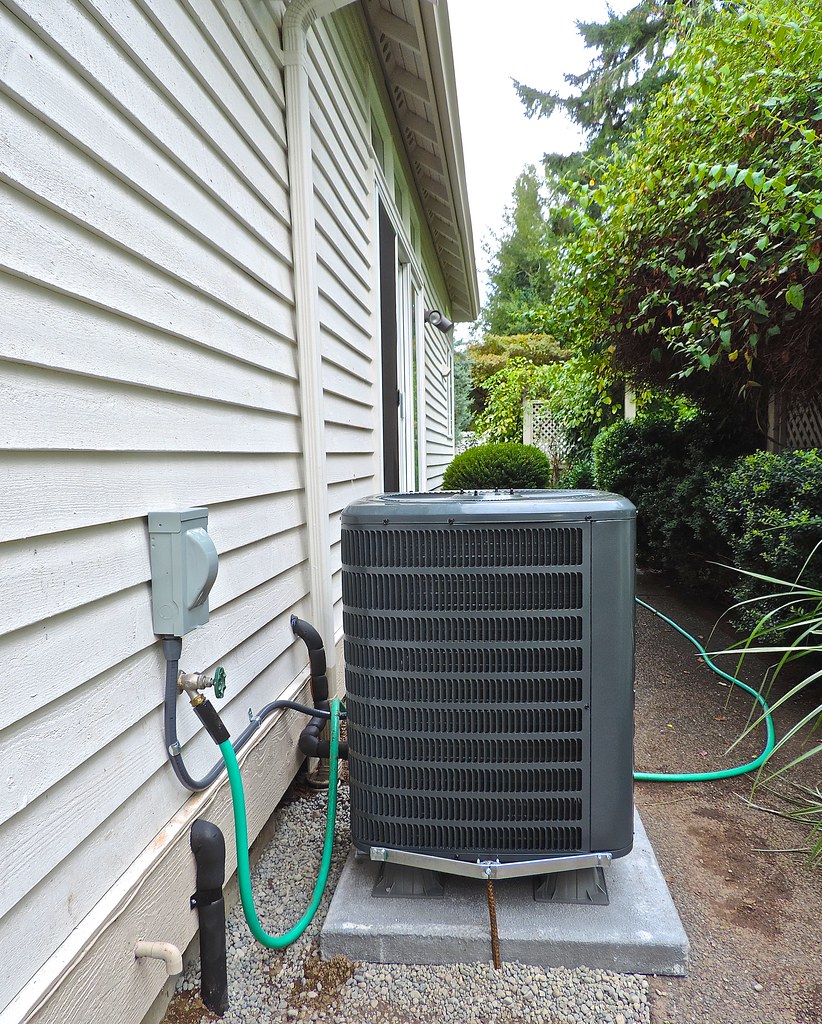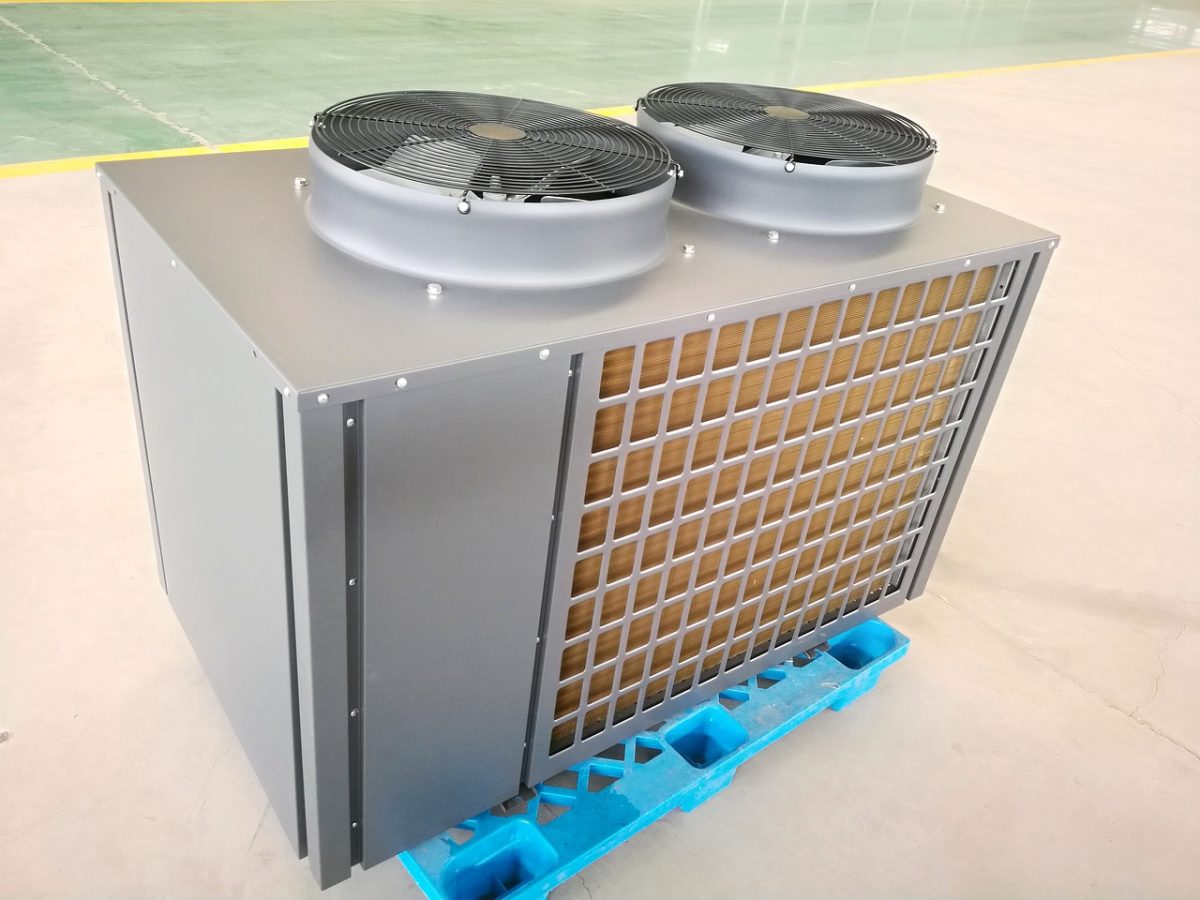What Is the Heating Flow Temperature of a Heat Pump (Part 2)
This post is a continuation of Part 1 on What Is the Heating Flow Temperature of a Heat Pump. Lately, we have gone through what is a split air-to-water heat pump and what exactly is the heating flow temperature.
We will now cover:
– Can I keep my radiators?
– If I install an “air/water” heat pump after only a few targeted works, won’t it be too powerful the day I do other more critical insulation works?
– Can I keep my radiators? (High-temperature radiator, low-temperature radiator, and underfloor heating)
Experience has shown that only a quarter of the last century’s buildings that have not been renovated can receive an “air/water” heat pump under good conditions without modifying the existing radiators. It is necessary to carry out calorimetry (according to the SIA 384/201 standard), in other words, to calculate the heating power that the radiators can theoretically deliver depending on the temperature and the flow rate of the water that passes through them. This way, you will know whether the heat pump will be able to function correctly.
At the end of the calculation, it will be known whether the radiators can be kept in place, or whether one or more of them should be changed for models with a larger surface area. The most important thing is the air exchange surface. You can find more powerful radiators that do not take up more space (for example, a double flat radiator with metal fins sandwiched between them). In the range of modern so-called “low temperature” models, there are radiators with a huge surface area that form an angle of 90 degrees, to be installed in the corners. There are even triangular-shaped radiators that can be slid along a staircase or under a roof’s slope.
In most cases, it is necessary to fit the radiators with thermostatic valves. The installer will have to pay great attention to the hydraulic balancing of the heating, IE, and the correct distribution of hot water in the different radiators.
For example, in the living room where comfort is particularly important, the floor must be well insulated to make it possible to install underfloor heating. Within the same building, a heat pump can heat water from several circuits to different temperatures: for example, the first circuit at 35°C for rooms heated by underfloor heating, a second circuit at 50°C for rooms heated with radiators, and the third circuit at 60°C to prepare domestic hot water in the water heater.
– If I install an “air/water” heat pump after only a few targeted works, won’t it be too powerful the day I do other more critical insulation works?

Manufacturers of air-to-water heat pumps have made a lot of progress in recent years. Today, air-to-water heat pumps are known as “modulating (inverter)” heat pumps, which adapt their power according to the heat demand. The more expensive “high temperature” models are specially designed to provide a heating flow temperature of up to 60-65°C for radiators. This is, moreover, the temperature required to produce domestic hot water. Such a heat pump will be less energy efficient (it will consume more electricity) than a so-called “low temperature” model placed in a well-insulated building since the difference between the outside air temperature and the heating water temperature is higher.
If you are looking for a specialist with the best quality heating supplies, you can contact North York Heating Plumbing & Electrical Supplies Ltd. in the York region.
Besides, a poorly insulated building will require a more powerful – and therefore more expensive – heat pump than if it were well insulated. But the same heat pump may remain in place when the building is insulated in stages later. It will then work “lighter” and less often, and its efficiency will improve (it will use less electricity). Therefore, it is a question of cost: the price of the heat pump must be weighed against the cost of targeted work to reduce the heat demand of the building – and thus to opt for a less powerful and cheaper heat pump.
Beware of cheap heat pumps that are advertised on the Internet. Air-to-air heat pumps (they blow warm air into rooms), which are reversible air conditioners, are not efficient for heating residential or office buildings. They are not recommended in Switzerland, except for particular uses. At about half the price of the “air-to-water” heat pumps recommended in Switzerland, there are models that are designed to operate up to an outdoor temperature of about 5°C. They are intended for use in southern Europe and are not designed for the climate of the country.
When choosing a heat pump, you can rely on the models with a service life of up to 20 years (SIA standard). It is advisable to hire a professional for the selection, purchase, installation, and technical follow-up of a heat pump in all cases.
This post will now continue in part 3 in our next publication. Stay posted, and remember to leave your comments below.

